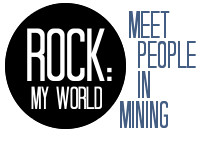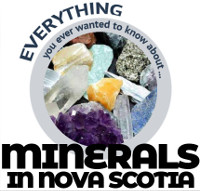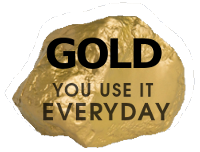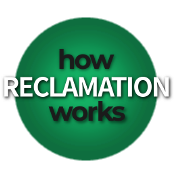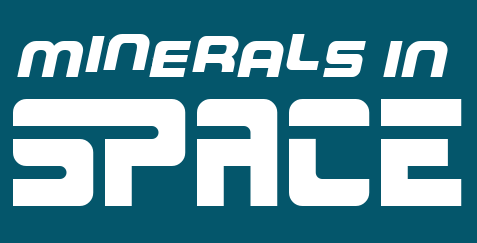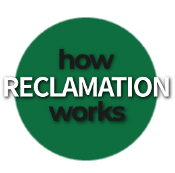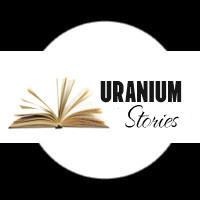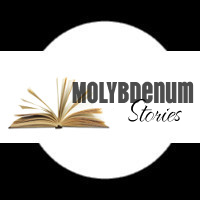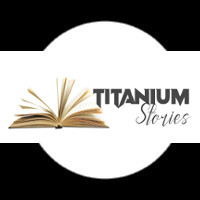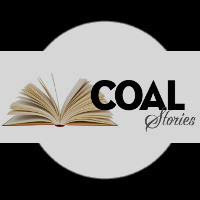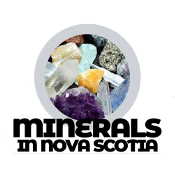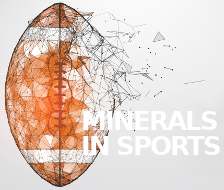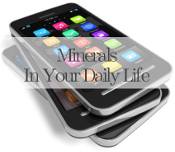- Why Mining Matters
- Jobs
- Safety
- Environment & Operations
- FAQ
- Links
- Fun Stuff
You are here
Sunblock
The same metal that protects your skin from sunburns and skin cancer also protects wind turbines!
Mineral sunblock contains minerals like zinc that reflect the sun away from your skin so it won’t burn or suffer other effects of prolonged exposure to the sun’s Ultraviolet (UV) rays, such as cancer and wrinkles.
Mineral sunblock is also known as “physical sunblock” because it forms a physical layer of protection on your skin – it literally blocks the sun’s rays.
Mineral sunblocks are naturally broad-spectrum, meaning they offer protection from both UVA and UVB rays, no matter which brand you use. They are also considered gentle enough for children and those with sensitive skin.
The zinc used in sunblock is actually in the form of zinc oxide, a white powder. Most zinc oxide is made by melting metallic zinc and heating it until it vaporizes, usually at temperatures around 1000 °C. The zinc vapor reacts with the oxygen in the air to form zinc oxide (ZnO). Zinc oxide particles are then collected so they can be used in a wide range of applications.
Zinc oxide is also used in health products to treat things like diaper rash, minor burns, cuts and scrapes.
Zinc also has many industrial applications. For example, because zinc oxide reflects the sun’s UV rays, it is often used in rubber and plastic products to prevent UV rays breaking down these materials.
Zinc’s main use is in alloys to galvanize (protect) steel. Zinc oxidizes/rusts more quickly than the metal it is protecting, and the underlying metal will not corrode until all the zinc has been sacrificed. This extends the life of a wide range of products and infrastructure and makes galvanized steel one of the strongest construction materials. About 60% of global zinc supply is used for galvanizing.
Zinc is important in green technologies. Wind turbines require about six tons of zinc per megawatt of capacity because they are mostly made of steel that needs to withstand the elements. Galvanized steel is also used in electric vehicle bodies and in various parts of EVs and solar panels.
Nova Scotia has a zinc mine in Gays River, Halifax County. The zinc-lead deposit was discovered in 1973. It had been known since the 1800s as a small lead occurrence, but it was discovered in 1973 that it’s actually a large underground deposit. There are many mines around the world that start this way – they are known for many years as only small occurrences until further exploration work reveals the extent of the resource.
The additional exploration also revealed that the deposit is more zinc than lead. The zinc in the rock wasn't previously recognized as it occurs as a mineral called honey sphalerite which has a light creamy colour that looks like limestone. Sphalerite contains zinc and iron and has a reddish-brown colour due to the iron. Honey sphalerite has much more zinc and therefore a lighter colour. Honey sphalerite is more valuable than normal sphalerite because it is easier to smelt and produces more zinc.
Esso built the Scotia Mine in 1978-9 and Seabright Resources bought it in 1984. Seabright converted the mill for gold processing and processed bulk samples trucked from the Beaver Dam and Forest Hill gold deposits. Seabright didn’t actually mine the zinc-lead deposit – it just took advantage of the mill.
The Scotia Mine was acquired in 1988 by Westminer Canada, which dewatered it and continued mining and milling until 1991. The mine then changed hands several times.
Mining again took place in 2007-8 but depressed metal prices put the mine on hold.
In May 2011, Selwyn Resources (later renamed ScoZinc) purchased the mine and worked to return it to production.
EDM Resources later took the site over.



